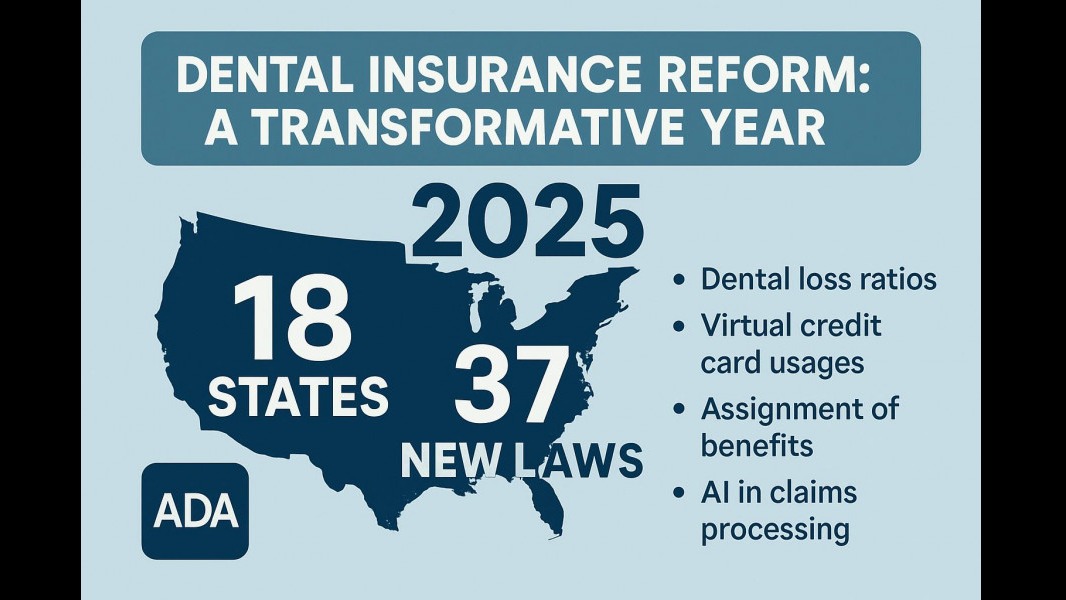
Revolutionizing Dental Care: The AI Transformation
The integration of Artificial Intelligence (AI) in dentistry marks a watershed moment for the field, driving innovation and reshaping the landscape of patient care and operational efficiency. As dental leaders invest deeper into AI technologies, they are gearing up for a seismic shift in practices. Sundeep Rawal, DMD, emphasizes that what we see today is just the tip of the iceberg. In the next five years, the adoption of AI will redefine traditional dental practice, leading to same-day treatments and improved clinical outcomes driven by extensive use of data and analytics.
AI's Growing Role and Funding in Dentistry
Investment in dental AI has skyrocketed, with venture capital funding surpassing $145 million last year. This growth reflects both the demand for advanced technological applications and the dental industry’s readiness to embrace innovative solutions. Companies like LightSpun, which recently secured $13 million in Series A funding, are leading the charge in automating claims administration, showcasing AI's potential to enhance every aspect of dental care.
The Benefits of AI in Patient Engagement and Diagnostics
AI is revolutionizing patient interaction and diagnostics in several key ways. Tools such as Automatic Speech Recognition (ASR) and Natural Language Processing (NLP) help practices decipher patient conversations, capturing insights that can improve service delivery. Predictive analytics enables early disease detection, providing a proactive stance in treatment plans. As a result, oral health professionals, particularly those in large dental service organizations (DSOs), are witnessing not just efficiency gains but enhanced patient engagement and satisfaction.
Integrating Advanced Technologies for Enhanced Patient Care
AI’s application spans diagnostic imaging, where it significantly improves the accuracy of radiographic interpretations. This technology aids in identifying conditions from caries to periodontal diseases, allowing healthcare professionals to deliver tailored, precise care. Moreover, its ability to create comprehensive patient records through integrated data streams facilitates personalized engagement that better mirrors patients' needs.
Challenges of AI Adoption in Dentistry
Despite the advantages, the path toward widespread AI adoption is fraught with challenges. Differences in the quality of imaging and records pose obstacles for effective algorithm performance. Additionally, the costs associated with implementing AI technologies can be prohibitive, particularly for smaller practices. Resistance to change within some segments of the profession requires careful management and education to optimize the benefits of AI.
Future Trends: What Lies Ahead for Dentistry
The upcoming era in dentistry will see AI not merely as a tool but as a collaborative partner in delivering healthcare. As the technology matures, AI will excel in predictive analytics, monitoring patient behavior, and enhancing treatment customization. The implications are vast: robotic-assisted surgeries, real-time patient monitoring, and extended reach into underserved populations through tele-dentistry are all on the horizon.
The Collaborative Future of AI and Dentists
AI is set to uplift patient care by enabling dentists to focus on high-value tasks rather than administrative burdens. By utilizing AI to refine processes, clinicians can spend more time building relationships with patients and improving overall health outcomes. As AI tools evolve, the relationship between AI and dental healthcare professionals will deepen, facilitating a culture of collaboration aimed at enhancing patient trust and treatment efficacy.
 Add Row
Add Row  Add
Add 




Write A Comment